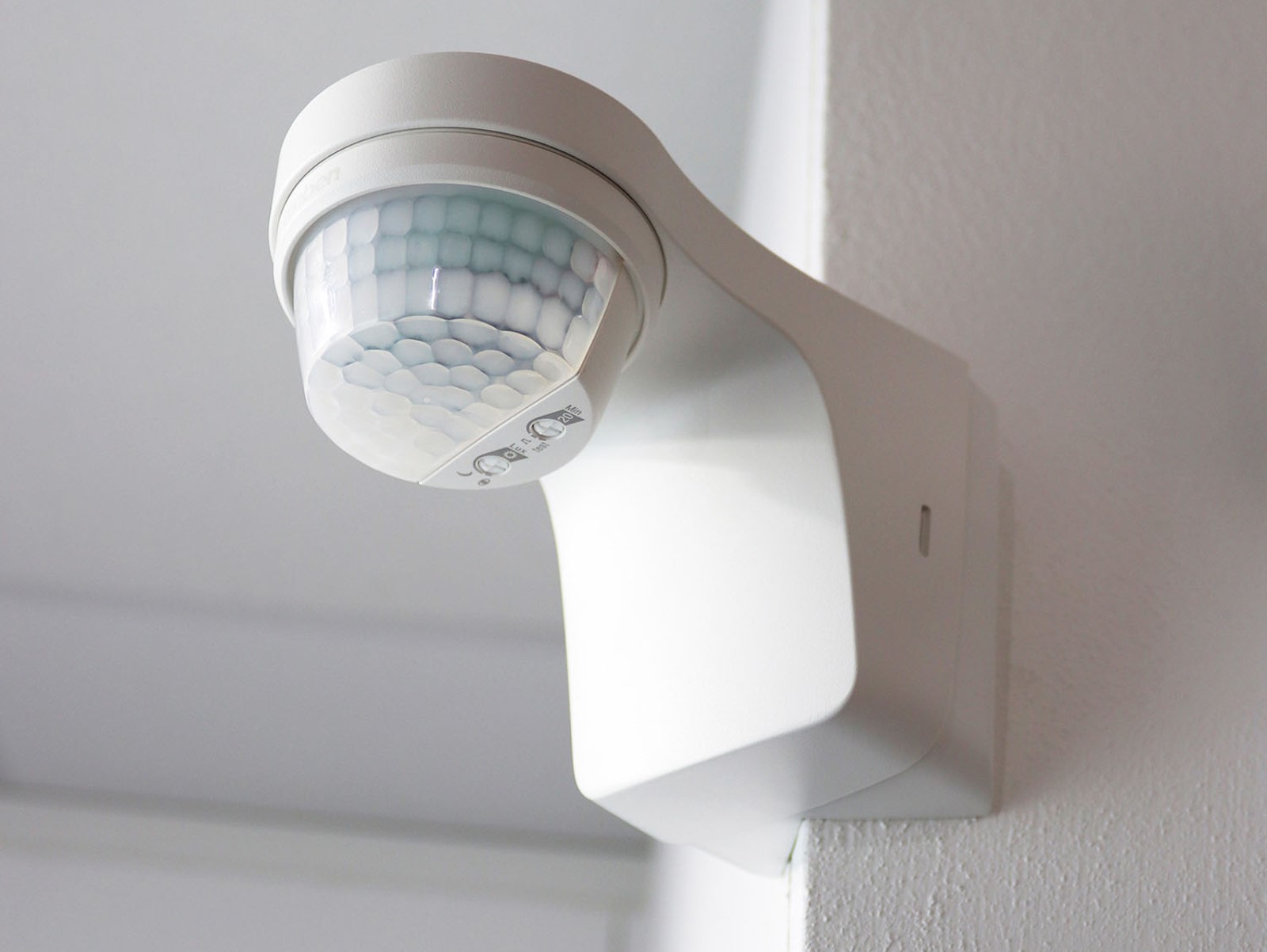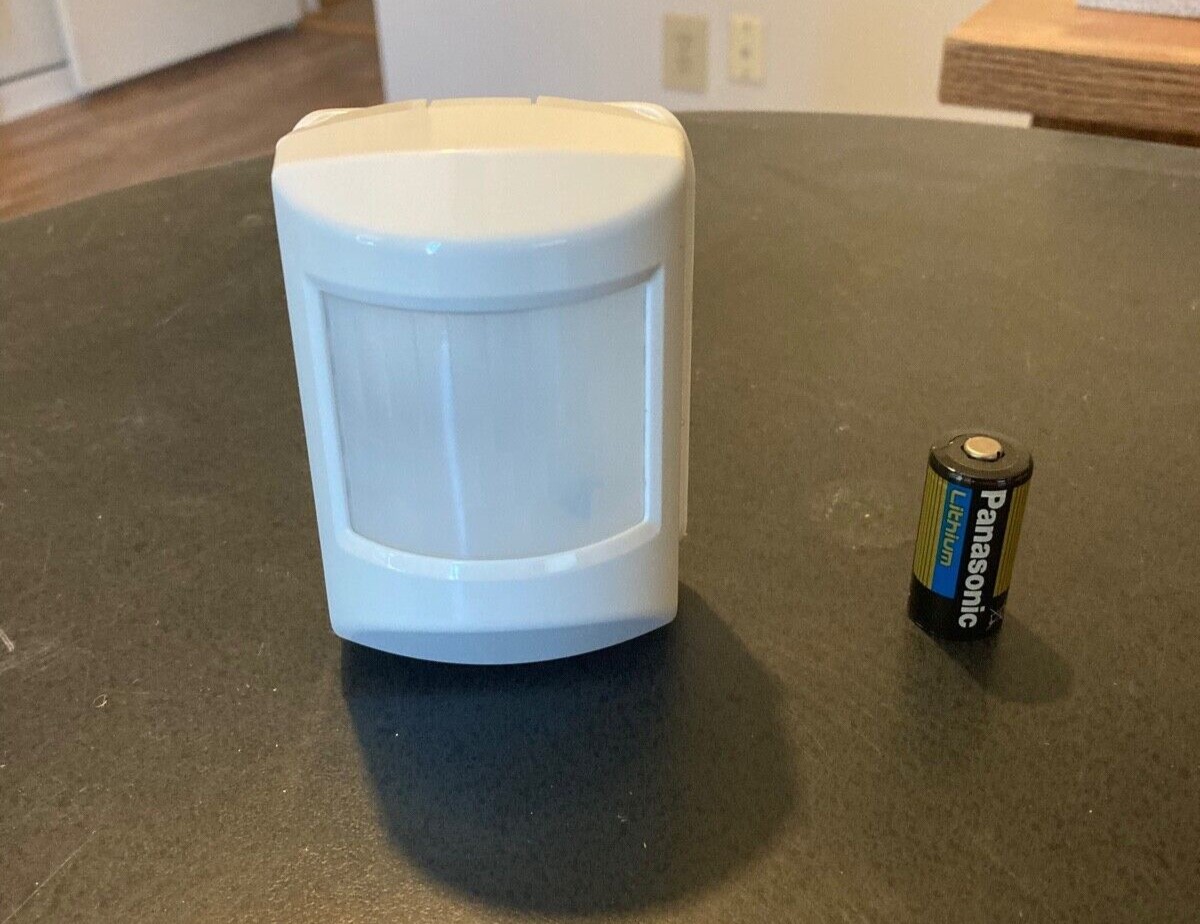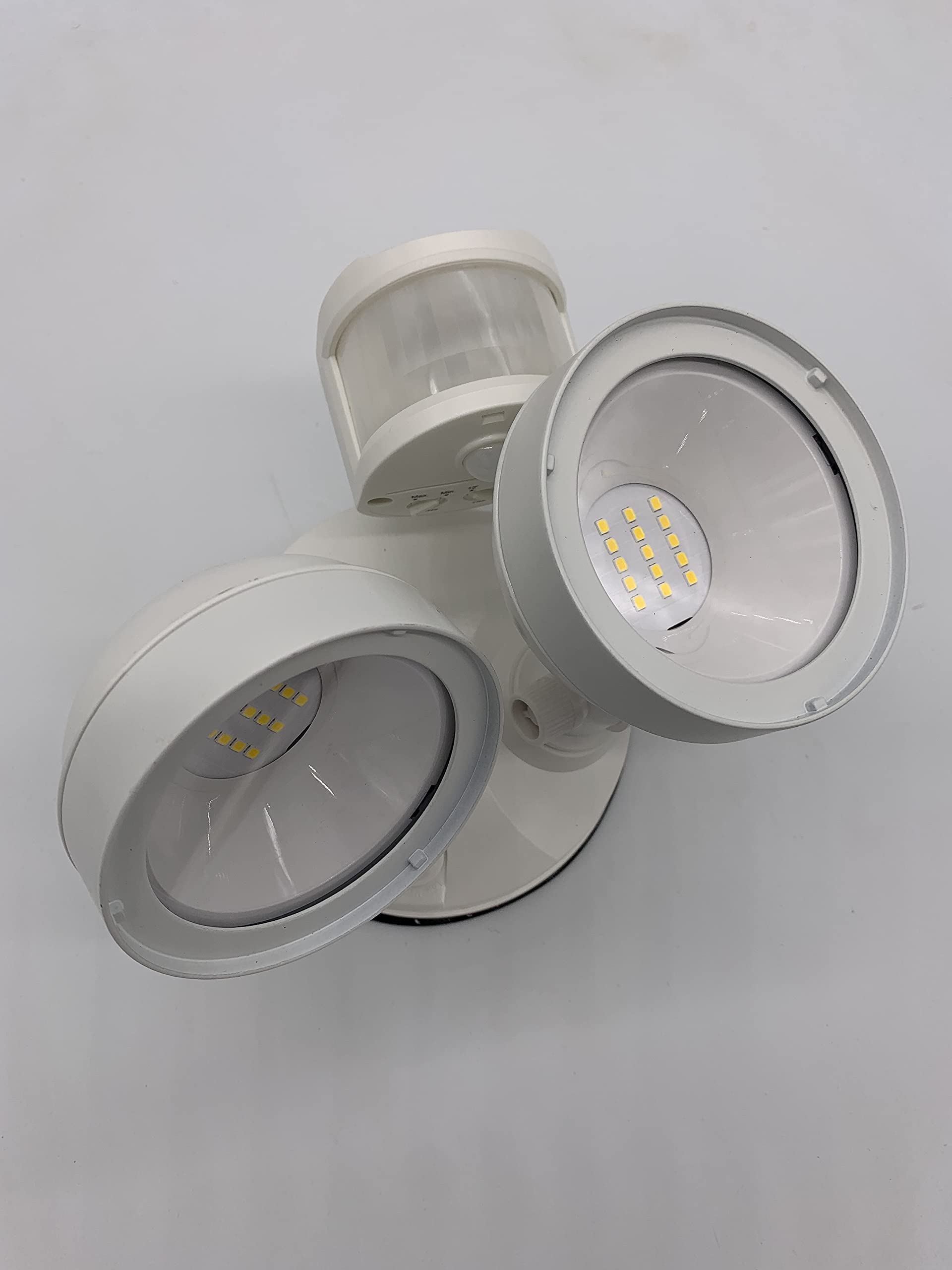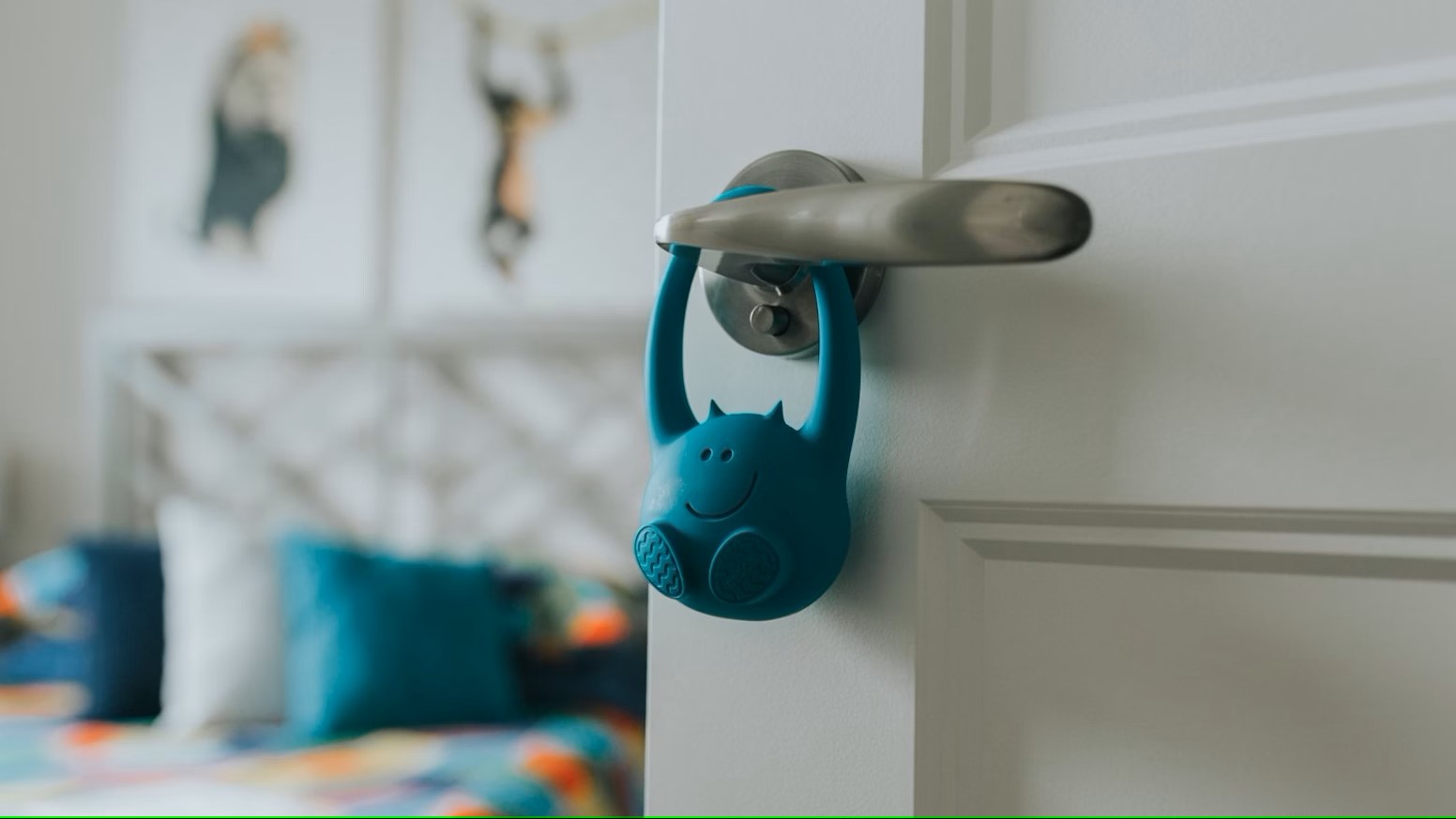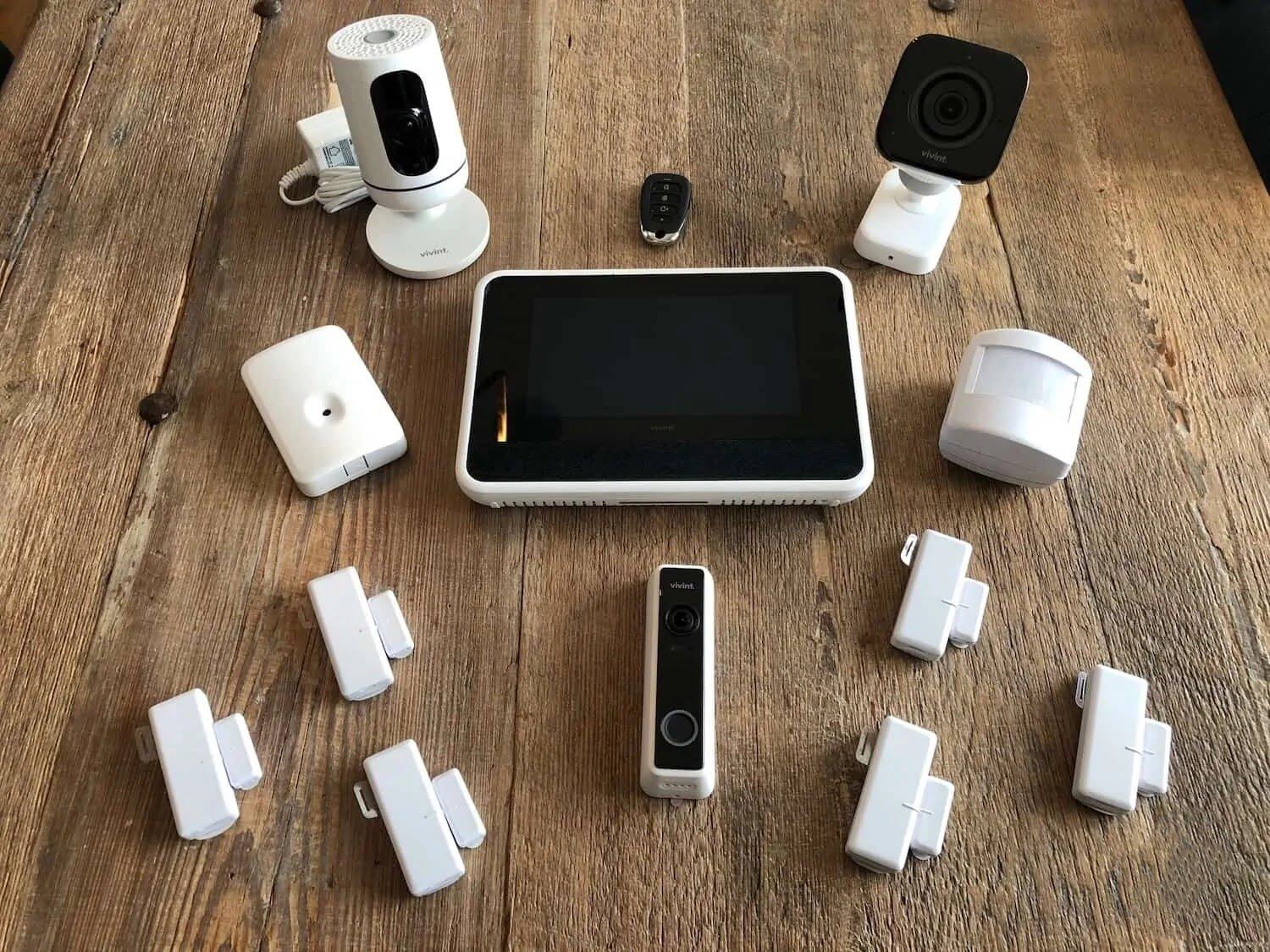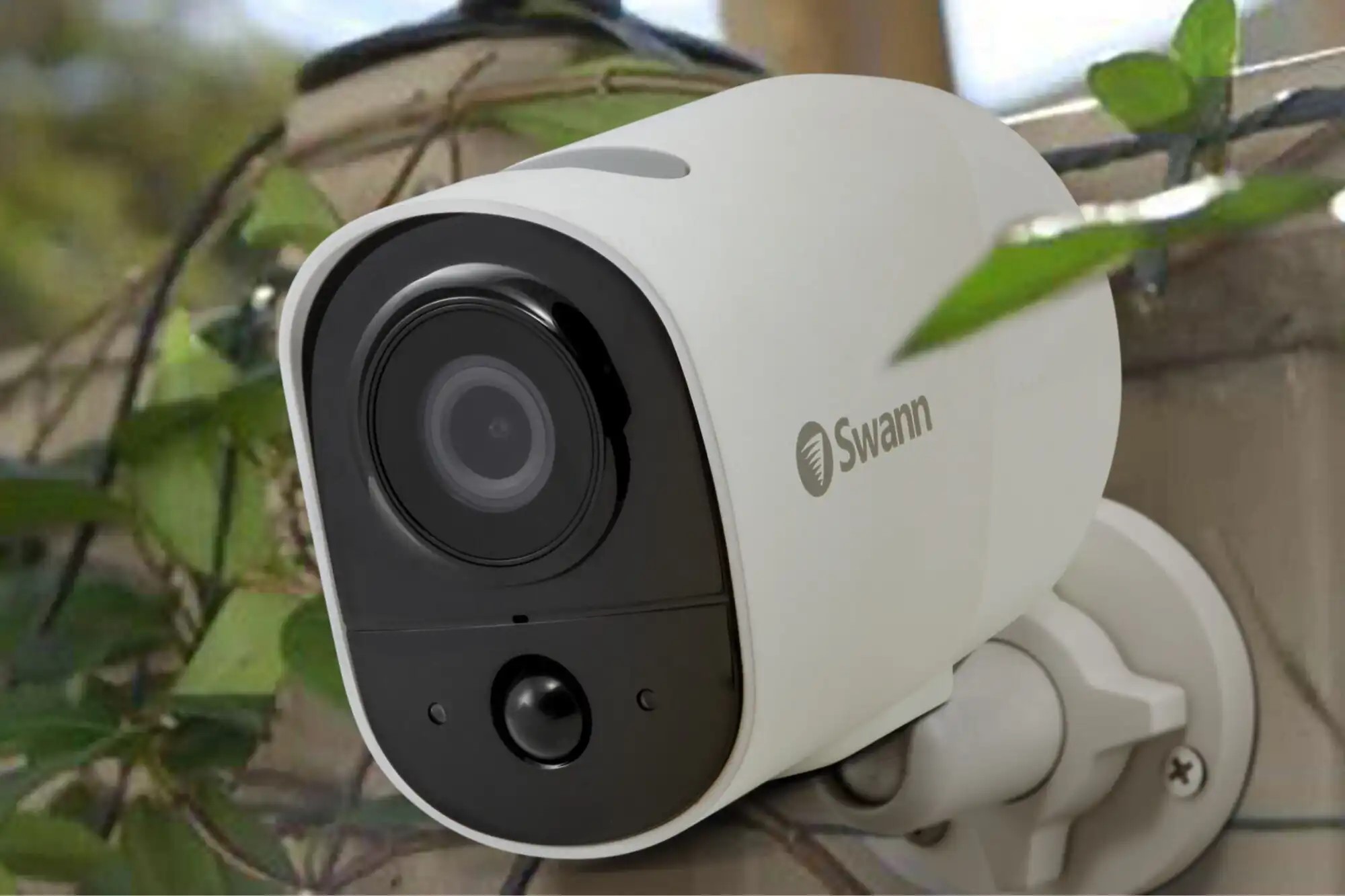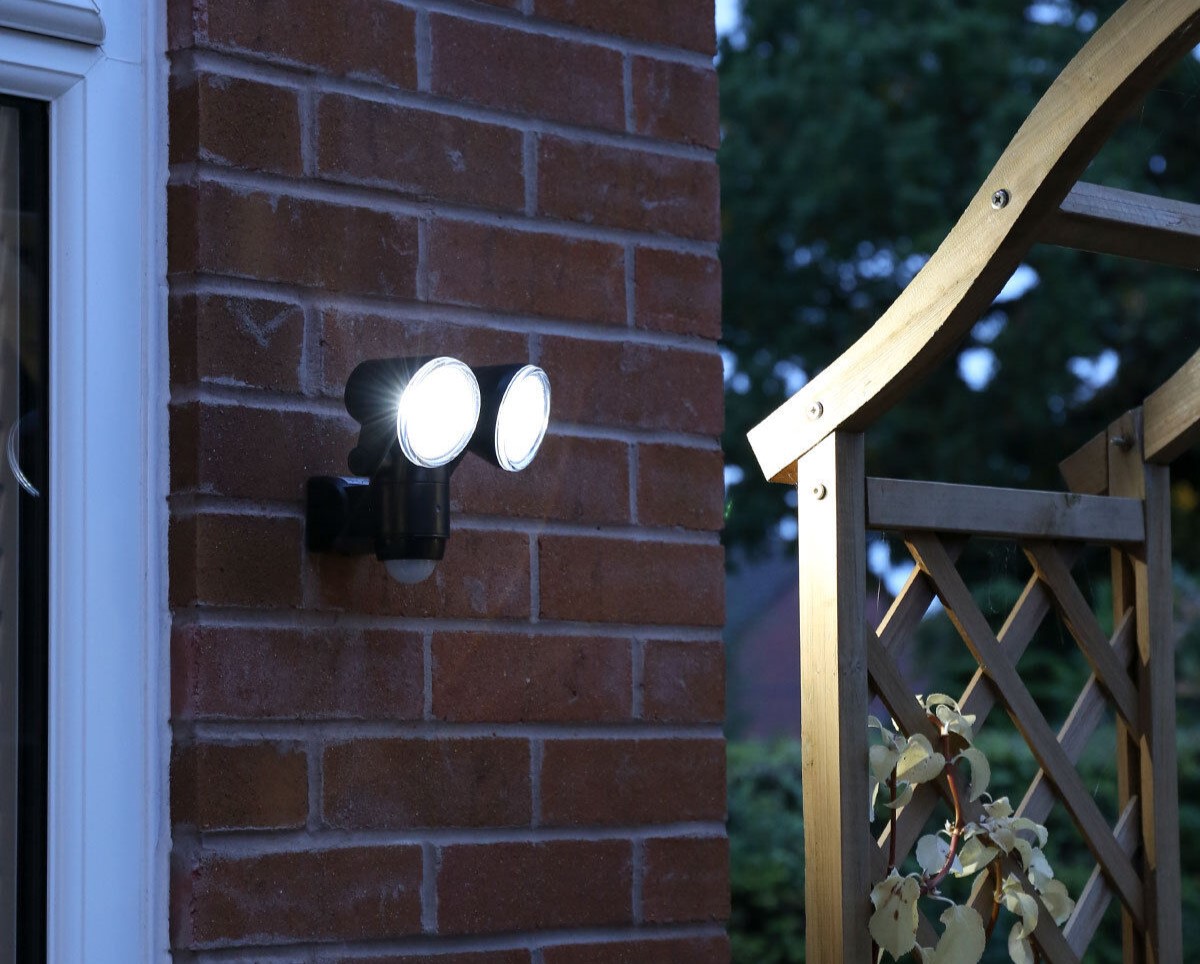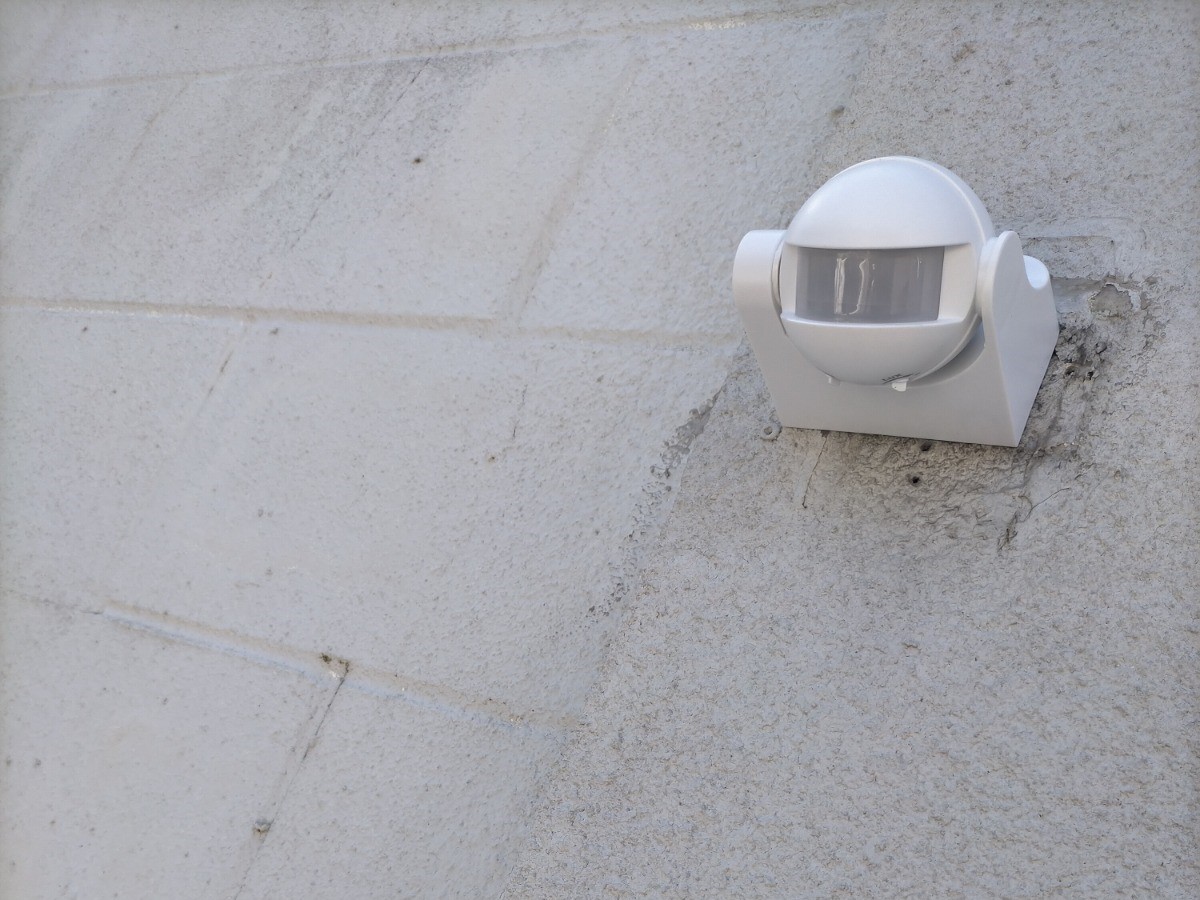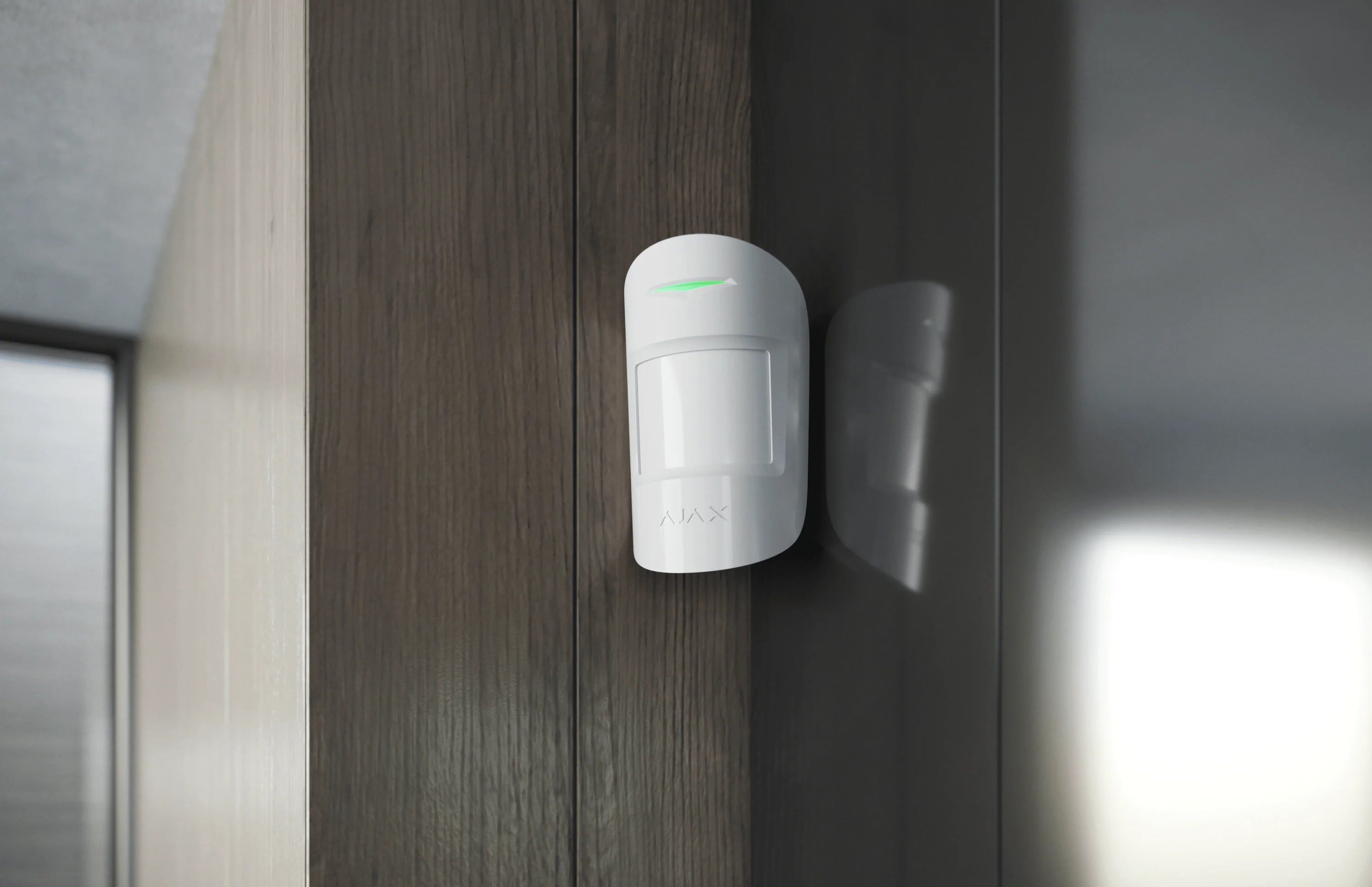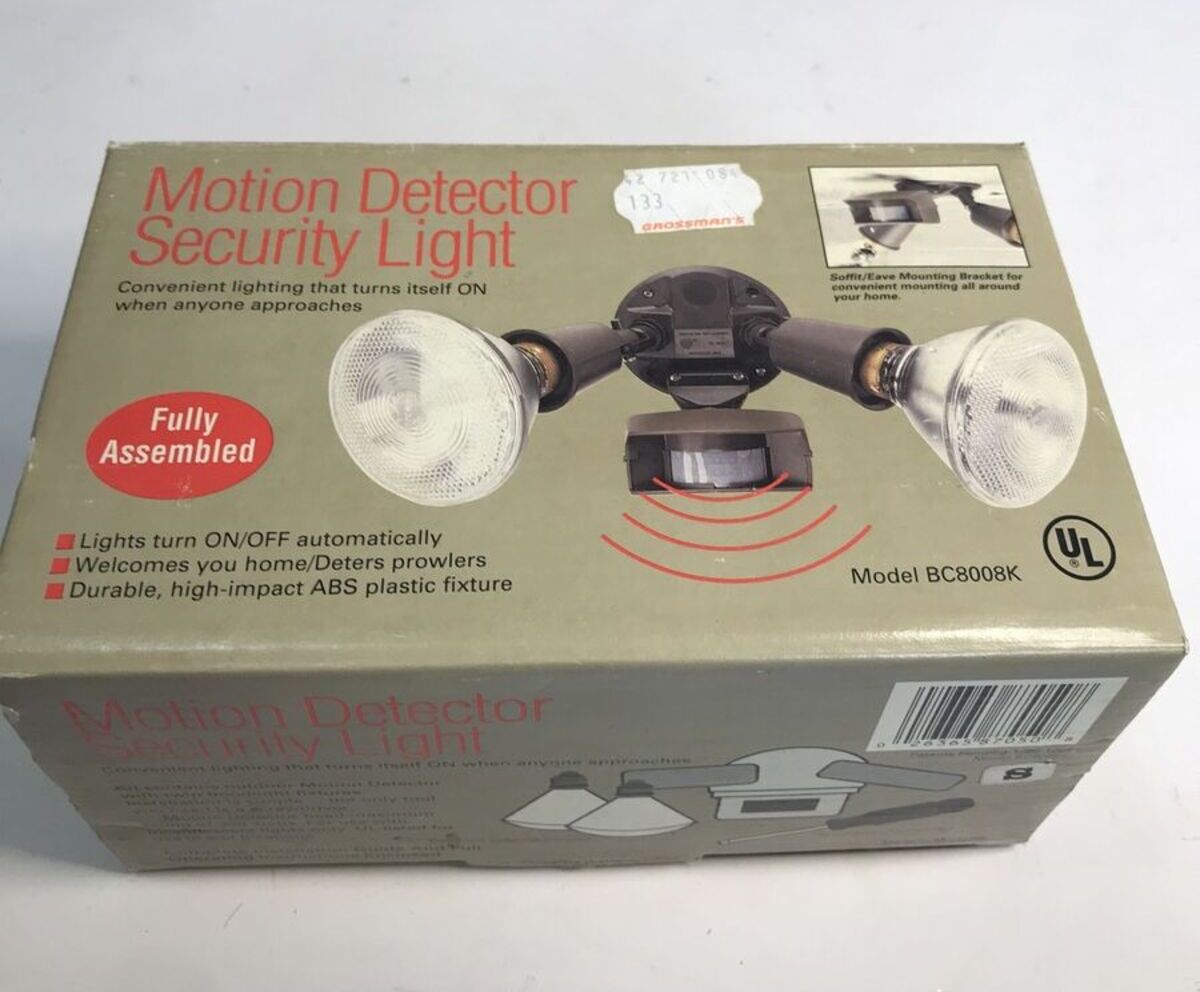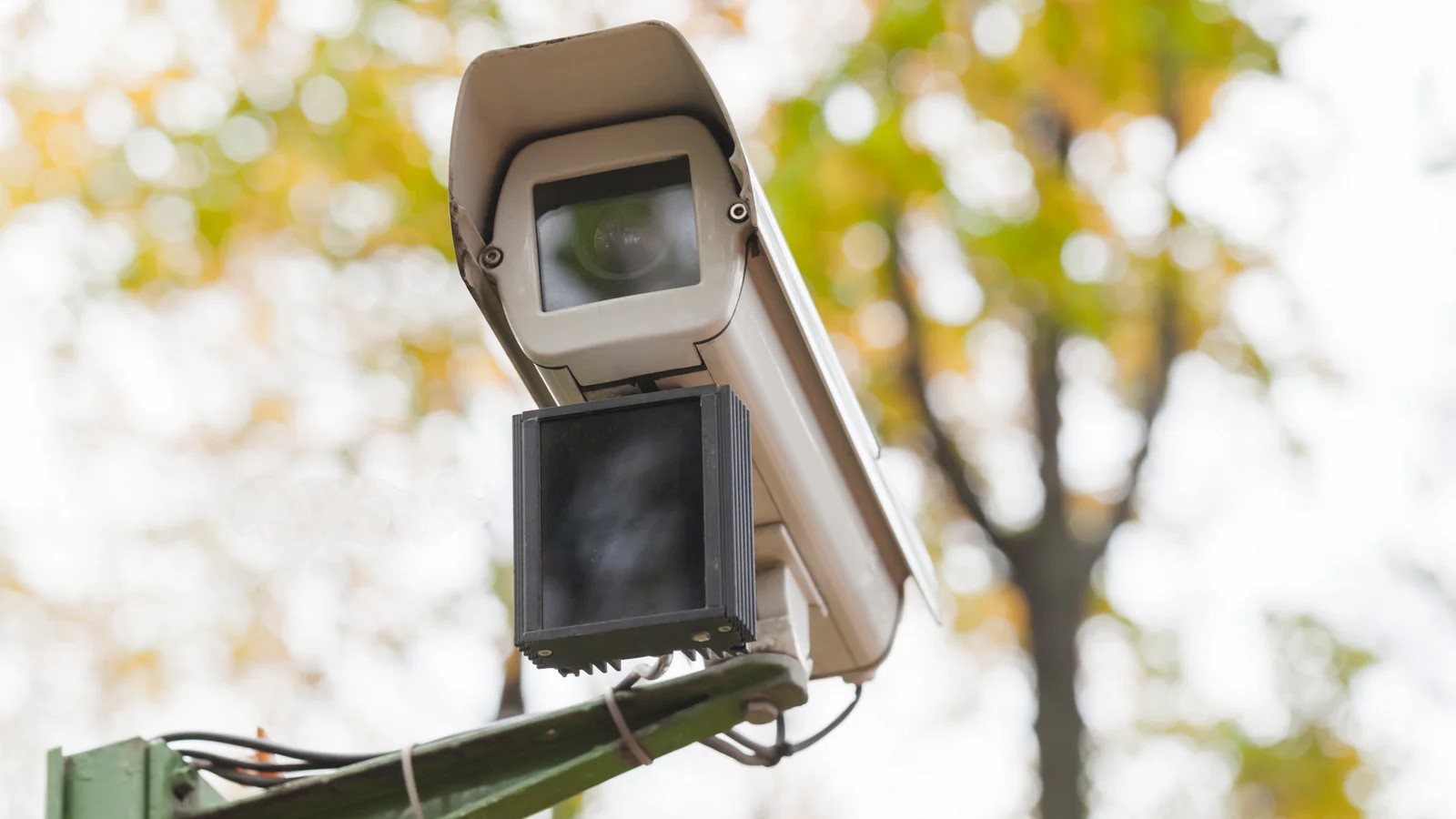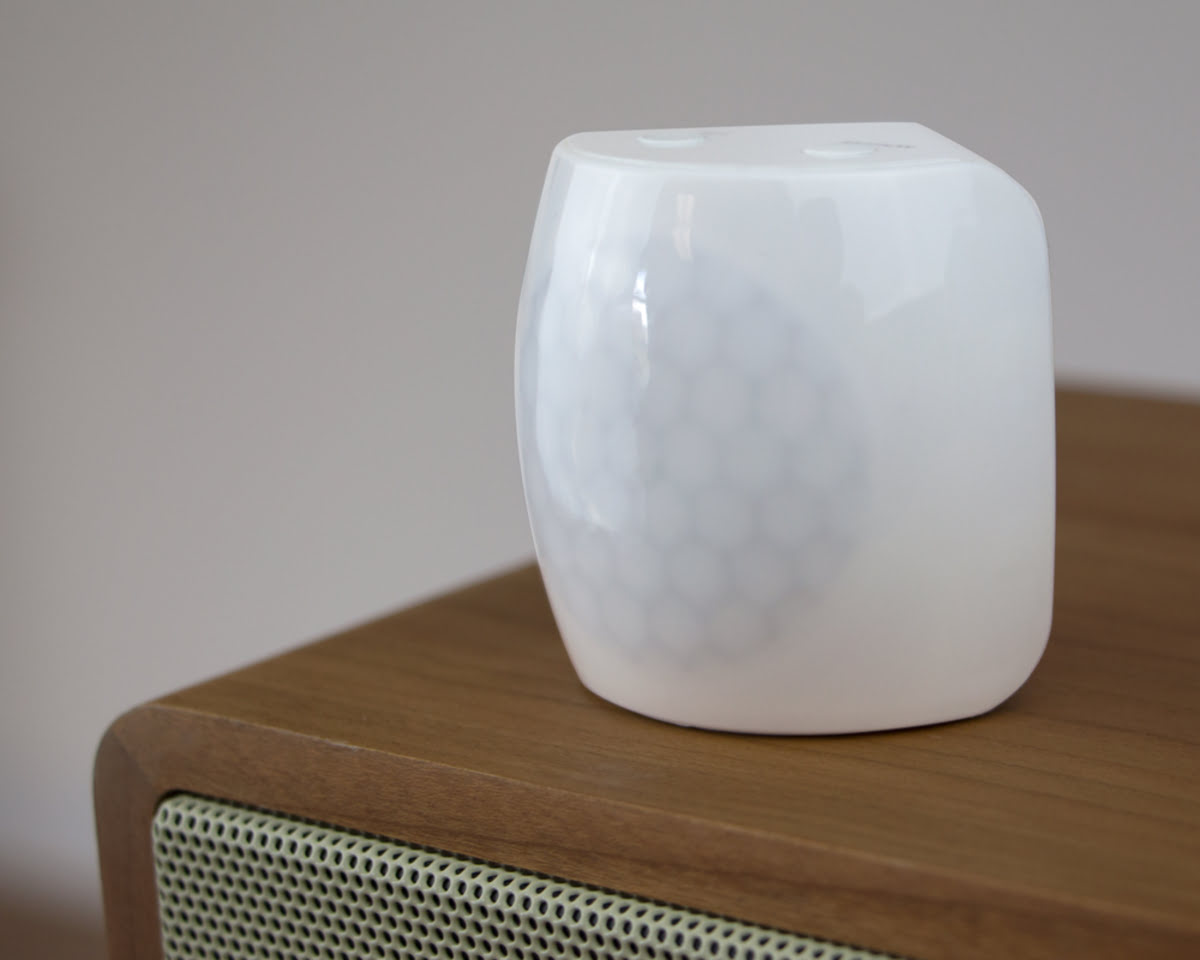Home>Home Security and Surveillance>Which Motion Detector Can Call 3 Numbers When Triggered And Requires No Manual Monitoring


Home Security and Surveillance
Which Motion Detector Can Call 3 Numbers When Triggered And Requires No Manual Monitoring
Modified: March 6, 2024
Ensure the safety of your home with a motion detector that calls 3 numbers upon activation, providing round-the-clock security and surveillance without the need for manual monitoring.
(Many of the links in this article redirect to a specific reviewed product. Your purchase of these products through affiliate links helps to generate commission for Storables.com, at no extra cost. Learn more)
Introduction
When it comes to home security, having a reliable surveillance system in place is crucial. While traditional cameras can capture footage, they often require manual monitoring, which can be time-consuming and inefficient. That’s where a motion detector that calls three numbers when triggered comes in handy. This innovative device not only detects motion but also notifies you immediately, ensuring that you can take action promptly.
In this article, we will explore how motion detectors work, the features of this motion detector, how to set it up, how to program the phone numbers, and finally, how to test and troubleshoot the system. By the end, you’ll have a comprehensive understanding of this motion detector and how it can enhance your home security.
Key Takeaways:
- Motion detectors use advanced technology like infrared, microwave, and acoustic sensors to detect movement, ensuring your home security system is highly sensitive and effective.
- A motion detector that calls three numbers when triggered offers wireless connectivity, adjustable sensitivity, and customizable messages, providing a reliable and convenient way to enhance home security.
Read more: Why Is My Motion Detector Triggering Alarms
How Motion Detectors Work
Motion detectors, also known as motion sensors, are devices designed to detect the presence of movement within a specific area. They work based on a variety of technologies, including infrared, microwave, and acoustic sensors.
One common type of motion detector is the passive infrared (PIR) sensor. PIR sensors detect infrared radiation emitted by objects, including humans and animals. When an object enters the sensor’s field of view, it detects the change in infrared radiation and triggers an alarm or an alert.
Microwave sensors, on the other hand, emit microwave signals and measure the frequency of the reflected waves. When an object moves within the detection range, it alters the frequency of the reflected waves, indicating the presence of motion.
Acoustic motion detectors use sound waves to detect movement. These sensors emit ultrasonic waves or use Doppler technology to detect changes in the frequency of sound waves. When an object moves within range, it creates disturbances in the sound waves, which the sensor picks up and signals an alert.
Regardless of the technology used, motion detectors are designed to be highly sensitive, able to detect even subtle movements. They are typically programmed to trigger an alarm, activate a camera, or in the case of our motion detector, call pre-programmed phone numbers in the event of motion detection.
It is important to position motion detectors strategically to cover the desired area effectively. They should be placed at entry points, hallways, and areas vulnerable to break-ins. Additionally, motion detectors should be installed at a height where they have a clear line of sight without obstruction.
Now that we understand how motion detectors work, let’s explore the features of the motion detector that calls three numbers when triggered.
Features of the Motion Detector
The motion detector that calls three numbers when triggered is equipped with an array of innovative features that enhance its functionality and convenience. Here are some key features to consider:
1. Wireless Connectivity: This motion detector operates wirelessly, allowing for easy installation without the need for complex wiring. It can be mounted on a wall or ceiling, providing flexibility in placement.
2. Adjustable Sensitivity: The sensitivity of the motion detector can be adjusted to suit your specific needs. You can set it to be highly sensitive to detect even the slightest movement or adjust it to a lower sensitivity to reduce false alarms caused by pets or other non-threatening motion.
3. Multiple Phone Numbers: The motion detector can be programmed to call up to three different phone numbers when triggered. This ensures that multiple individuals are alerted simultaneously, increasing the chances of a prompt response.
4. Customizable Message: When the motion detector calls the programmed numbers, it plays a customizable message to inform the recipients about the motion detection event. This allows you to provide specific instructions or information to those receiving the call.
5. Battery Backup: To ensure uninterrupted operation, the motion detector is equipped with a battery backup system. In the event of a power outage, the detector will continue to function, providing you with peace of mind.
6. Versatile Usage: This motion detector is suitable for a variety of settings, including homes, offices, warehouses, and even outdoor areas. Its durable construction and weather-resistant design make it reliable in different environments.
7. Tamper Alerts: The motion detector is equipped with tamper alerts that notify you if someone attempts to tamper with or remove the device. This feature adds an extra layer of security, ensuring the integrity of your surveillance system.
8. Easy Setup and Integration: Setting up the motion detector is straightforward and can be done with minimal technical knowledge. It easily integrates with your existing security system or can function as a standalone system, depending on your requirements.
These features make the motion detector that calls three numbers when triggered a valuable addition to any home security system. In the next section, we will explore how to set up and program the phone numbers for this motion detector.
Setting up the Motion Detector
Setting up the motion detector that calls three numbers when triggered is a relatively simple process. Here are the steps to follow for a successful installation:
1. Choose the Ideal Location: Select a suitable location for installing the motion detector. It should be positioned in an area that provides optimal coverage for monitoring activity. Consider placing it near entry points, hallways, or any other areas where motion detection is necessary.
2. Mount the Motion Detector: Use the provided hardware to securely mount the motion detector on a wall or ceiling. Ensure that it is positioned at a proper height to capture the desired field of view. Make sure there are no obstructions that could interfere with the detection capabilities.
3. Power the Motion Detector: Connect the power source to the motion detector. Depending on the model, it may be powered by batteries or require a direct electrical connection. Follow the manufacturer’s instructions to properly power the device.
4. Test the Detection Range: Activate the motion detector and test its detection range. Walk around the monitored area to ensure that the device accurately detects motion. Adjust the sensitivity as needed to minimize false alarms or increase detection capabilities.
5. Connect to the Phone Line: If your motion detector requires a telephone connection, follow the instructions to connect it to a landline or VoIP service. Ensure that the phone line is active and functioning properly.
6. Configure the Motion Detector: Access the motion detector’s settings or control panel to configure specific parameters, such as the number of phone numbers to call, the customized message to play, and any other preferences or options available.
7. Conduct a Test Run: Once all the settings are configured, test the motion detector by deliberately triggering motion within its range. Verify that the device successfully calls the programmed numbers and plays the desired message. Make any necessary adjustments or refinements if needed.
8. Secure the Motion Detector: Ensure that the motion detector is securely fastened and protected from tampering. Double-check all connections and make sure the device remains stable and in proper working order.
By following these steps, you can successfully set up the motion detector and ensure that it functions correctly. The next section will focus on programming the phone numbers for the motion detector.
Make sure to test the motion detector regularly to ensure it is functioning properly. This will help to ensure that it will call the designated numbers when triggered and provide the necessary security without the need for manual monitoring.
Programming the Phone Numbers
Programming the phone numbers for your motion detector is an essential step to ensure that the right individuals are notified in the event of motion detection. Here’s how you can program the phone numbers:
1. Access the Motion Detector’s Control Panel: Most motion detectors have a control panel or settings menu that can be accessed either through a physical interface or a connected device, such as a computer or smartphone. Locate and access the control panel for your specific motion detector.
2. Enter the Phone Number Menu: Once you are in the control panel, navigate to the phone number menu. This is where you will set up the numbers that the motion detector will call when triggered.
3. Enter the Phone Numbers: Enter the phone numbers you want the motion detector to call in the event of motion detection. It’s best to include multiple numbers in case the first person is unavailable. Typically, you can program up to three phone numbers. Ensure that you enter the numbers accurately, including the country and area codes, if necessary.
4. Customize the Message: Depending on the capabilities of your motion detector, you may have the option to customize the message that will be played when the motion detector calls the programmed numbers. This message can include information about the detected motion and any specific instructions for the recipients.
5. Save and Test: After entering the phone numbers and customizing the message, save the settings and conduct a test run. Trigger the motion detector and verify that it successfully calls the programmed numbers and plays the desired message. Make any necessary adjustments or corrections.
6. Double-Check Phone Line Connection: Ensure that the motion detector is properly connected to the phone line. Test the phone line connectivity by making a test call or contacting the phone provider for verification. A stable and active phone line is essential to ensure that the motion detector can successfully make the calls.
7. Update Phone Numbers as Needed: Regularly review and update the programmed phone numbers to reflect any changes in contact information. This ensures that the correct individuals are always notified in the event of an alarm or motion detection.
By following these steps, you can successfully program the phone numbers for your motion detector and ensure that the right people are alerted in case of any suspicious activity. In the next section, we will discuss how to test and troubleshoot the motion detector.
Testing and Troubleshooting
After setting up and programming the phone numbers for your motion detector, it’s important to conduct thorough testing to ensure its proper functionality. Here are some tips for testing and troubleshooting your motion detector:
1. Test the Motion Detection: Walk within the detection range of the motion detector to trigger a motion event. Verify that the device promptly detects the motion and activates the alarm or calls the programmed numbers. If the motion detection is not functioning as expected, adjust the sensitivity or reposition the device to improve its effectiveness.
2. Verify Phone Call Notifications: Trigger the motion detector and ensure that the programmed numbers receive the call notifications as intended. Check that the customized message is played correctly and that the recipients understand the purpose of the call. If the call notifications are not received, double-check the phone line connection and ensure that the numbers are correctly programmed.
3. Address False Alarms: If you are experiencing frequent false alarms from your motion detector, consider adjusting the sensitivity or repositioning the device to minimize false readings. Objects such as curtains, pets, or moving shadows can sometimes trigger false alarms. Experiment with different settings until you find the optimal balance between sensitivity and reducing false alarms.
4. Test Battery Backup: If your motion detector has a battery backup, simulate a power outage by disconnecting the main power supply. Verify that the motion detector continues to function and make the programmed phone calls using the backup power source. If the backup power is not working properly, check the battery connections and replace or recharge the batteries if necessary.
5. Regular Maintenance: It’s important to regularly test and maintain your motion detector to ensure its continued reliability. Clean the device and check for any signs of damage or wear. Inspect the mounting to ensure it remains secure. Replace batteries or faulty components if needed.
6. Contact Customer Support: If you encounter any persistent issues or difficulties with your motion detector, don’t hesitate to reach out to the manufacturer’s customer support. They can provide guidance and assistance in troubleshooting specific problems or offer recommendations for resolving any technical issues.
By conducting thorough testing and troubleshooting your motion detector, you can ensure its proper functioning and reliable operation. Regular maintenance and monitoring will help keep your home security system in optimal condition. Finally, let’s conclude with a summary of the key points discussed in this article.
Conclusion
Investing in a motion detector that calls three numbers when triggered is a smart choice for enhancing your home security and surveillance system. These innovative devices provide a convenient and effective way to receive immediate notifications of any detected motion in your home.
In this article, we explored how motion detectors work, the features of the motion detector that calls three numbers, how to set it up, program the phone numbers, and test and troubleshoot the system. Understanding the workings of motion detectors and knowing how to properly install, program, and maintain them is essential for maximizing their effectiveness.
By strategically placing the motion detectors in key areas of your home, you can ensure comprehensive coverage and accurate motion detection. The wireless connectivity, adjustable sensitivity, and battery backup features of the motion detector provide flexibility and reliability in its operation.
Programming the phone numbers allows you to have multiple individuals alerted in the event of motion detection, increasing the chances of a quick response. Customizable messages ensure that recipients have clear instructions and information about the detected motion.
Regular testing and troubleshooting are crucial to ensuring that the motion detector functions properly and minimizes false alarms. Adjusting sensitivity, verifying phone call notifications, and addressing false alarms are important steps in maintaining an efficient and reliable motion detection system.
In conclusion, a motion detector that calls three numbers when triggered is a valuable component of a comprehensive home security system. Its ability to detect motion, notify multiple individuals, and provide customizable messages adds an extra layer of protection to your home, providing you with peace of mind.
Remember to regularly test and maintain your motion detector and seek assistance from customer support if needed. With this advanced technology in place, you can feel confident knowing that your home is well-protected against potential dangers and intrusions.
Frequently Asked Questions about Which Motion Detector Can Call 3 Numbers When Triggered And Requires No Manual Monitoring
Was this page helpful?
At Storables.com, we guarantee accurate and reliable information. Our content, validated by Expert Board Contributors, is crafted following stringent Editorial Policies. We're committed to providing you with well-researched, expert-backed insights for all your informational needs.

